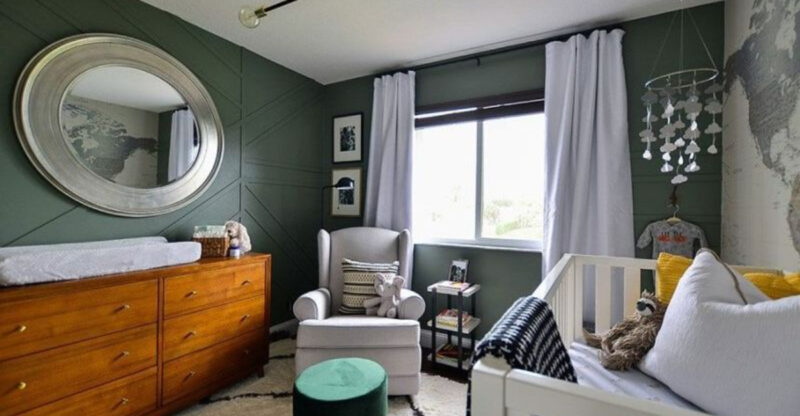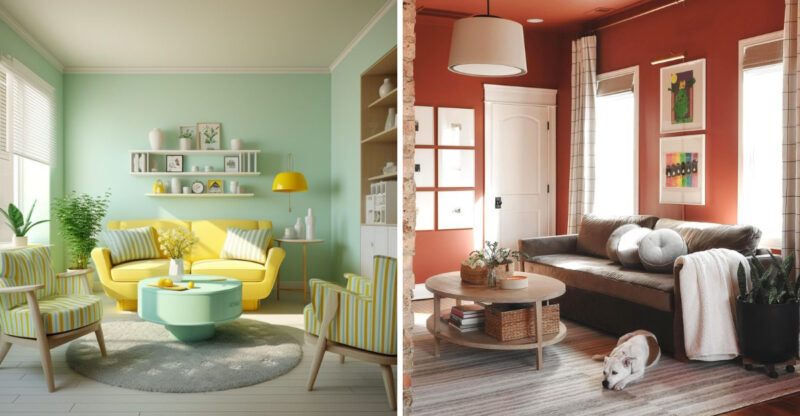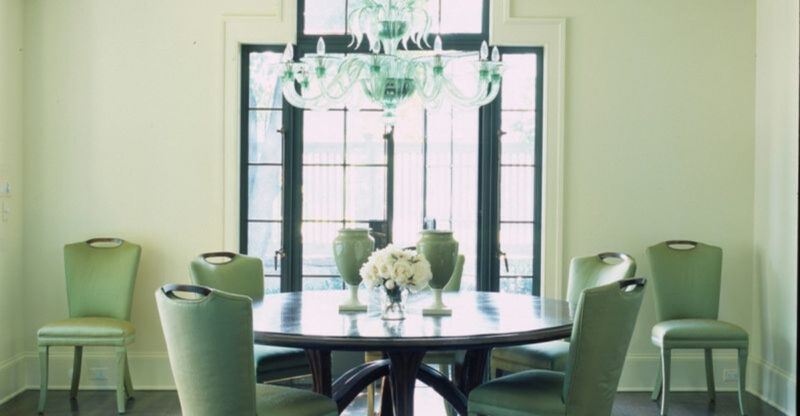7 Key Questions to Ask Before Specifying Decorative Plasterwork In 2025, Answered By Designers
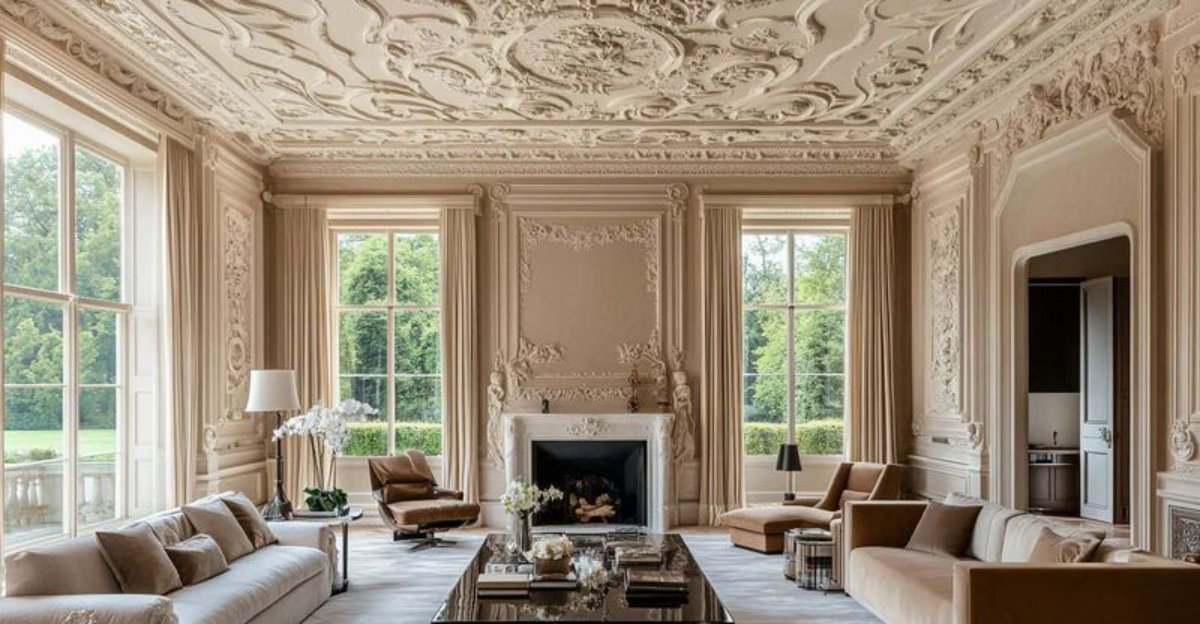
Decorative plasterwork can transform ordinary walls into stunning art pieces that make your space truly unique. As we approach 2026, new techniques and materials are revolutionizing what’s possible with this classic craft.
Before you commit to a plaster project, there are crucial questions you need answers to. And who better to ask than professional designers who work with it daily?
1. Will My Plasterwork Survive Different Environments?
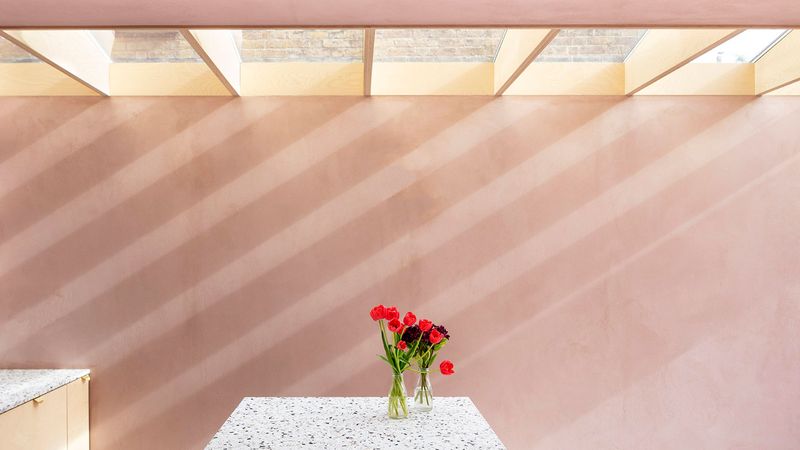
Durability matters! Traditional lime plaster handles humidity like a champ, while gypsum might struggle in bathrooms or kitchens. I’ve seen perfectly preserved 18th-century ceiling roses in London townhouses, yet modern installations crumble after just five years in coastal homes.
Heat fluctuations cause expansion and contraction, so quality matters tremendously. Ask your supplier about additives that improve water resistance and flexibility.
For high-traffic areas, consider reinforced formulations with fibers or resins that prevent cracking when bumped. The right plaster in the right place can last generations!
2. How Will Plaster Change My Room’s Sound?
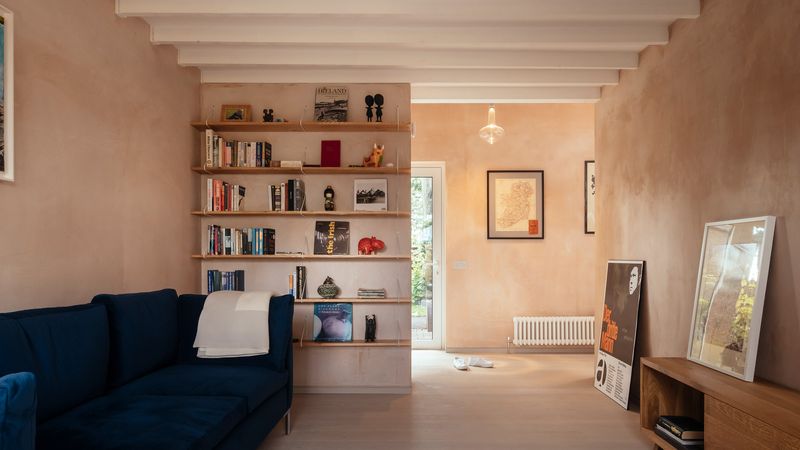
Acoustics transform dramatically with decorative plasterwork. Flat, smooth plaster surfaces bounce sound waves, creating lively, sometimes echoey spaces perfect for music rooms. Deeply textured or coffered plaster ceilings absorb sound, reducing reverberation in large rooms.
Where conversation matters, like dining rooms, moderate relief patterns strike the perfect balance. Insulation benefits come as a bonus. Plaster adds thermal mass that stabilizes indoor temperatures.
Homeowners rarely consider this aspect until after installation, but it’s worth planning ahead! The thickness and texture you choose directly impact how voices carry and music sounds in your space.
3. Can My Plasterwork Be Eco-Friendly?
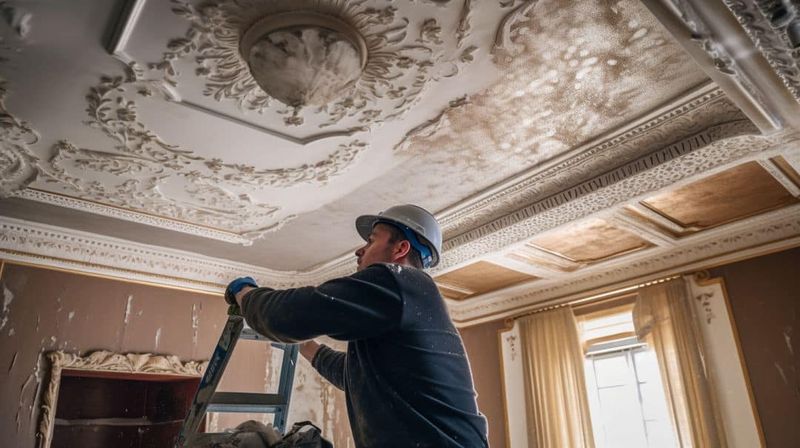
Sustainable options have surged recently. Clay-based plasters naturally regulate humidity and improve indoor air quality. These formulations use minimal processing energy compared to conventional gypsum products.
Hemp-lime plaster combines agricultural waste with natural lime for a carbon-negative finish that actually sequesters CO2. The earthy aesthetic works beautifully in contemporary spaces seeking organic warmth.
Many manufacturers now offer recycled content plasters that incorporate construction waste. Ask about local sourcing, too. Transportation emissions often outweigh production impacts. Your walls can be gorgeous AND green without compromise!
4. How Custom Can My Plaster Designs Really Get?
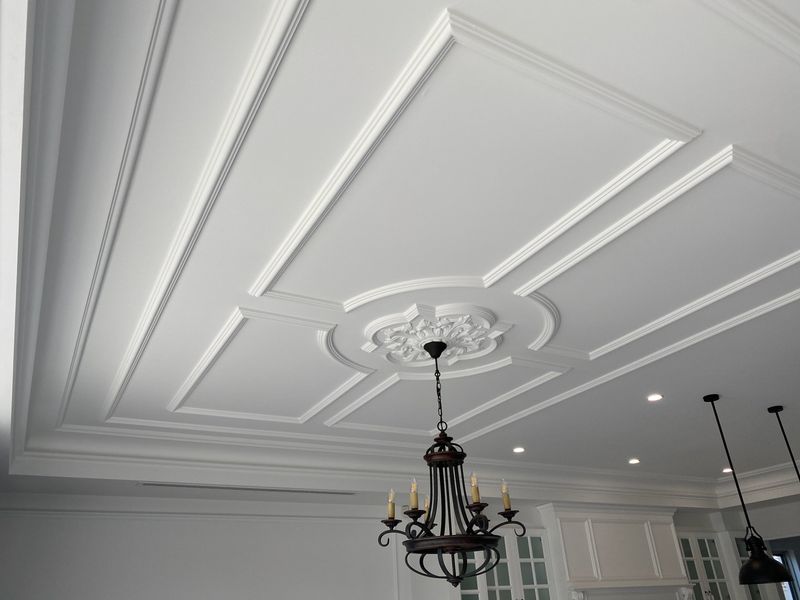
Customization possibilities have never been more exciting! Beyond traditional moldings, today’s techniques include 3D-printed formwork for completely bespoke patterns.
One client recently requested plasterwork replicating their family tree, branches spreading across their ceiling with delicate leaves bearing ancestor names.
Finish options range from glass-smooth Venetian plaster to heavily textured relief work. Color isn’t limited to white anymore, either. Integral pigments, metallic powders, and even photoluminescent additives create stunning effects.
If you can dream it, a skilled artisan can probably create it. Just bring reference images and be prepared to collaborate on technical feasibility.
5. How Long Will Installation Disrupt My Space?
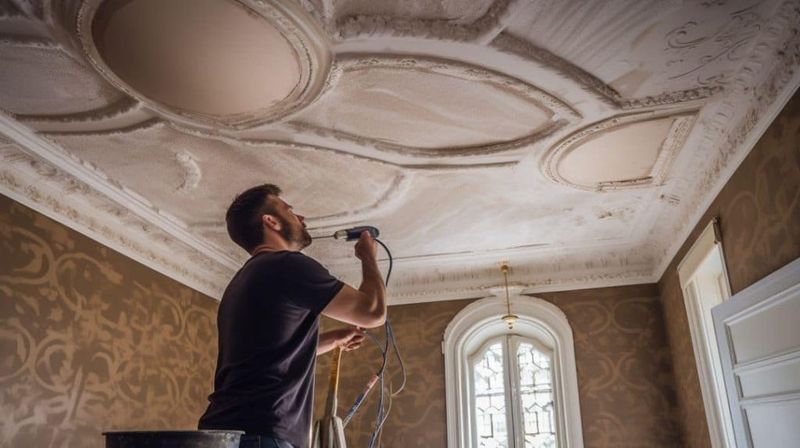
Timeline complexity catches many clients off guard! Simple molding installation might take just days, but elaborate coffered ceilings with multiple layers can stretch into weeks. Factor in drying time between applications, rushing this process guarantees cracking later.
Prefabricated elements speed things up considerably. These factory-made pieces arrive ready to install, though you sacrifice some customization options.
Dust containment systems have improved dramatically, but realistically, you’ll want to cover or remove furniture. Most installations require multiple trades, framers for backing, plasterers for the decorative work, then painters for finishing touches. Coordination between these specialists determines your actual timeline.
6. Is Plasterwork Worth The Investment Compared To Alternatives?
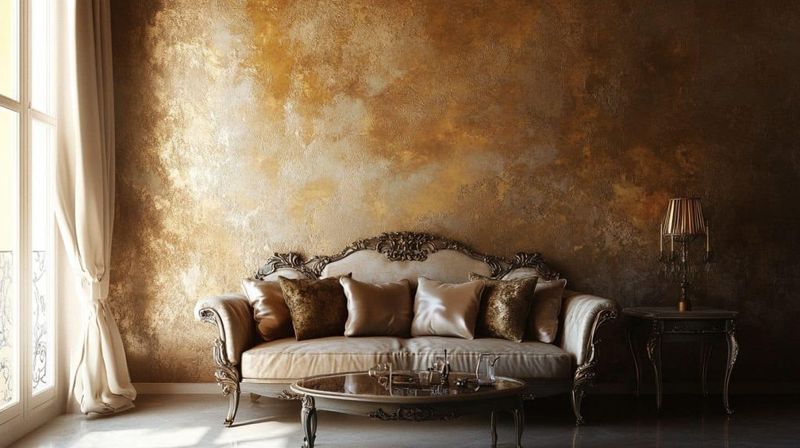
Cost considerations make plasterwork seem expensive initially, but let’s talk value. While quality plasterwork ranges from $15-100+ per square foot versus $2-5 for standard drywall, the durability difference is measured in decades, not years.
Compared to high-end wallpapers that need replacing every 10-15 years, plaster actually becomes more economical long-term. Real estate professionals consistently report higher resale values for homes with authentic plasterwork details.
The visual impact simply can’t be matched by alternatives. Foam moldings look cheap up close, and vinyl wall coverings lack the depth and character that make plasterwork timeless. Sometimes spending more upfront delivers far greater satisfaction!
7. What Maintenance Headaches Should I Expect?
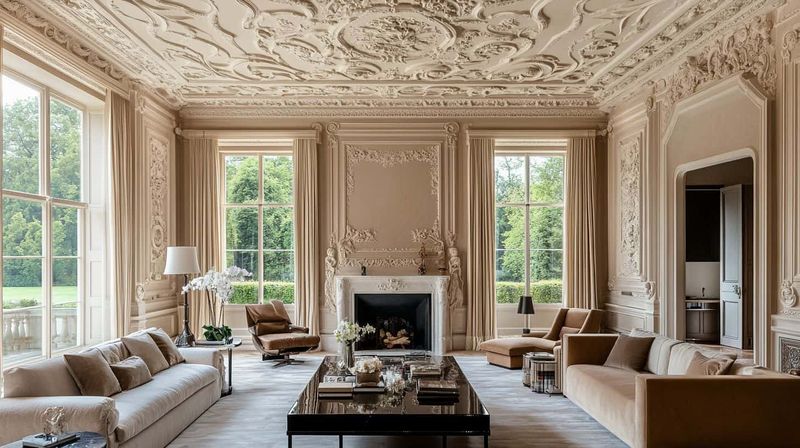
Maintenance requirements vary wildly depending on your plaster type. Lime-based finishes need occasional ‘feeding’ with special waxes to maintain their luster, while acrylic-modified plasters practically clean themselves with a damp cloth.
Dust accumulation happens regardless, especially on ornate details. I recommend investing in a soft-bristled brush attachment for your vacuum. It’s a game-changer for keeping those intricate ceiling medallions looking fresh!
Though cracks may appear over time due to building settlement, most are easily repaired without calling in professionals. Just keep a small amount of matching plaster in storage for quick touch-ups.



